The Dutch drink approximately 40 million cups of coffee a day. This represents only 0.2% of the coffee bean. The rest remains as coffee grounds. Approximately 500,000 kg of coffee grounds and 33 truckloads per day. A vast mountain of rich organic matter, much of which is still being burned. At the same time, the soil in our agricultural fields is depleting.
Rotterzwam has been processing up to 8,000 kilograms of coffee grounds per month into oyster mushrooms since 2013. More scalable and high-quality solutions are therefore needed for the remaining coffee grounds. With support from the province of South Holland and the European Union, Rotterzwam has spent the past three years researching the use of coffee grounds and substrate (the residual product from oyster mushroom cultivation) as soil improvers. A great solution for both the coffee grounds and the soil.
Below is a brief report of what we have done and achieved.
Owner Siemen Cox says it wasn't an easy road. "When we wanted to order a container to collect the coffee grounds, it turned out no company was willing to supply one because coffee grounds are waste. That was the start of a long legal battle." Ultimately, they succeeded. The residual waste was collected and spread over the fields of arable farmer Arnout den Ouden for two years, who planted onions and winter wheat on them.
According to Siemen, after all the measurements, things look good. "There was no apparent difference in yield, and the high organic matter content in the residual flows will improve the soil in the long term." There's also an unexpected outcome. "There were some concerns about the effect of caffeine," says Siemen. "After a pot test with very high levels of synthetic caffeine, there were even signs that the plants on caffeine grew extra large."
Not only does the soil benefit from using organic waste streams, the environment also benefits. "We had Ecochain calculate the environmental costs of the various scenarios. The environmental benefit of applying these waste streams amounts to 11 cents per kilo of coffee grounds," says Siemen.
 Figure : Environmental cost indicator of different scenarios
Figure : Environmental cost indicator of different scenarios
calculated by Ecochain
With all these positive results, you'd expect the residual flows to be widely spread on fields. "Unfortunately, we still have one last hurdle to overcome," says Siemen. "The Committee of Experts on Fertilizers has to approve the residual flows as fertilizer. Whether this will succeed remains to be seen."
On October 21, the research results were shared during a meeting at BlueCity in Rotterdam. The final report and the documentary about the project can be found at www.rotterzwam.nl/bodem
Save your coffee grounds?
Rotterzwam has been saving coffee grounds from incineration since 2013. We can do the same for your organization. We'd be happy to tell you more about our coffee grounds proposition and how we can help you fully internalize your waste processing costs.

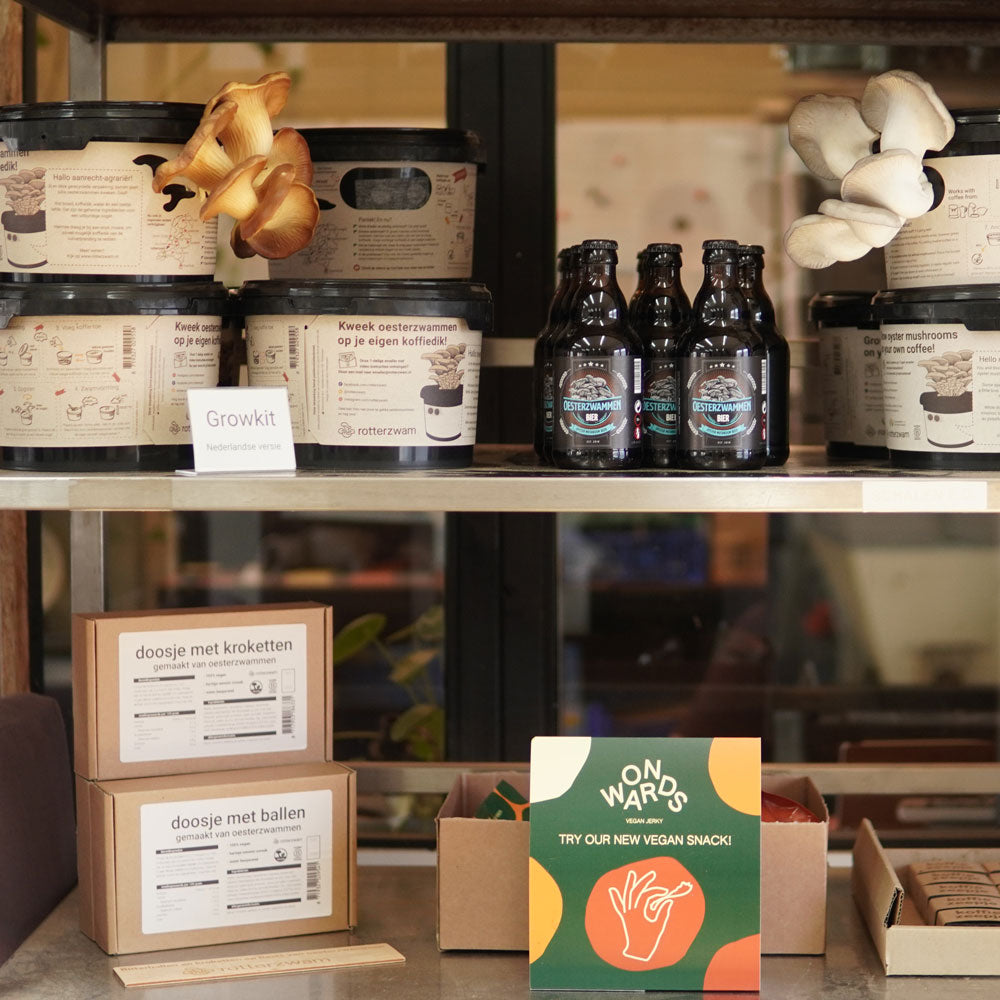
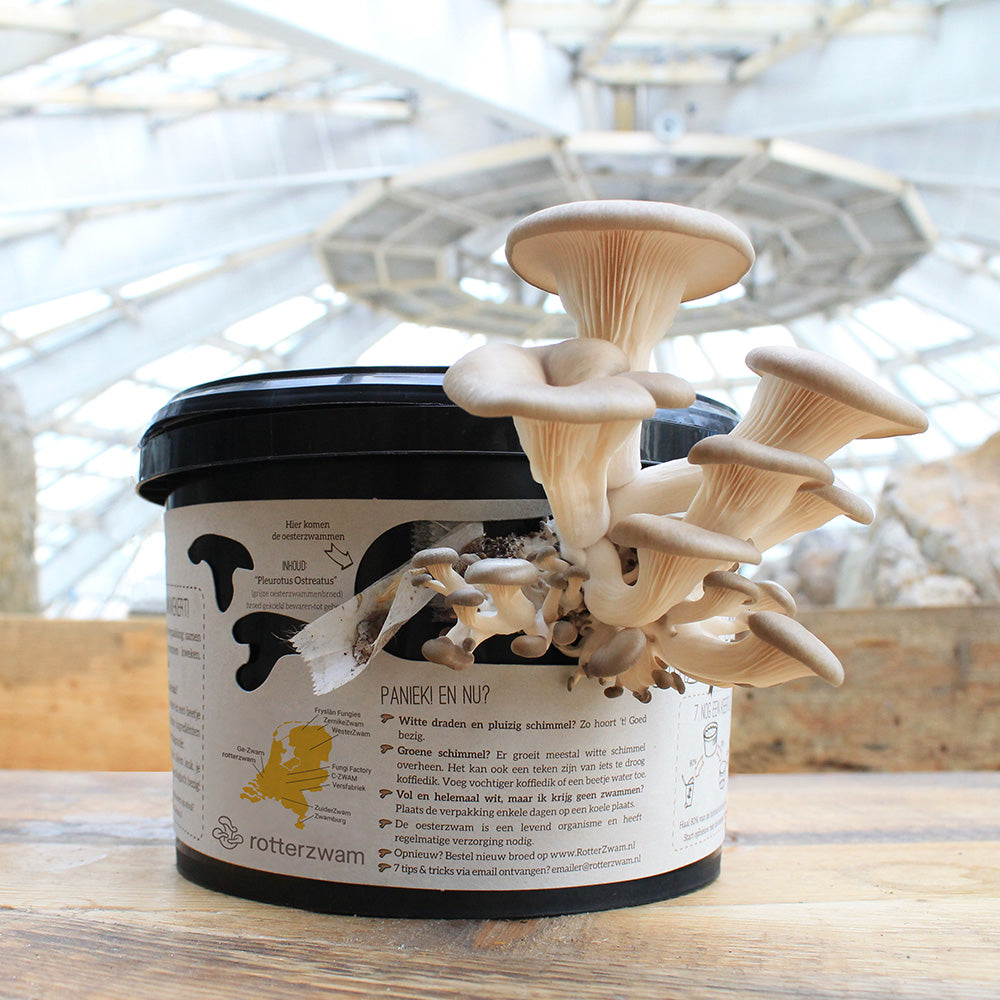
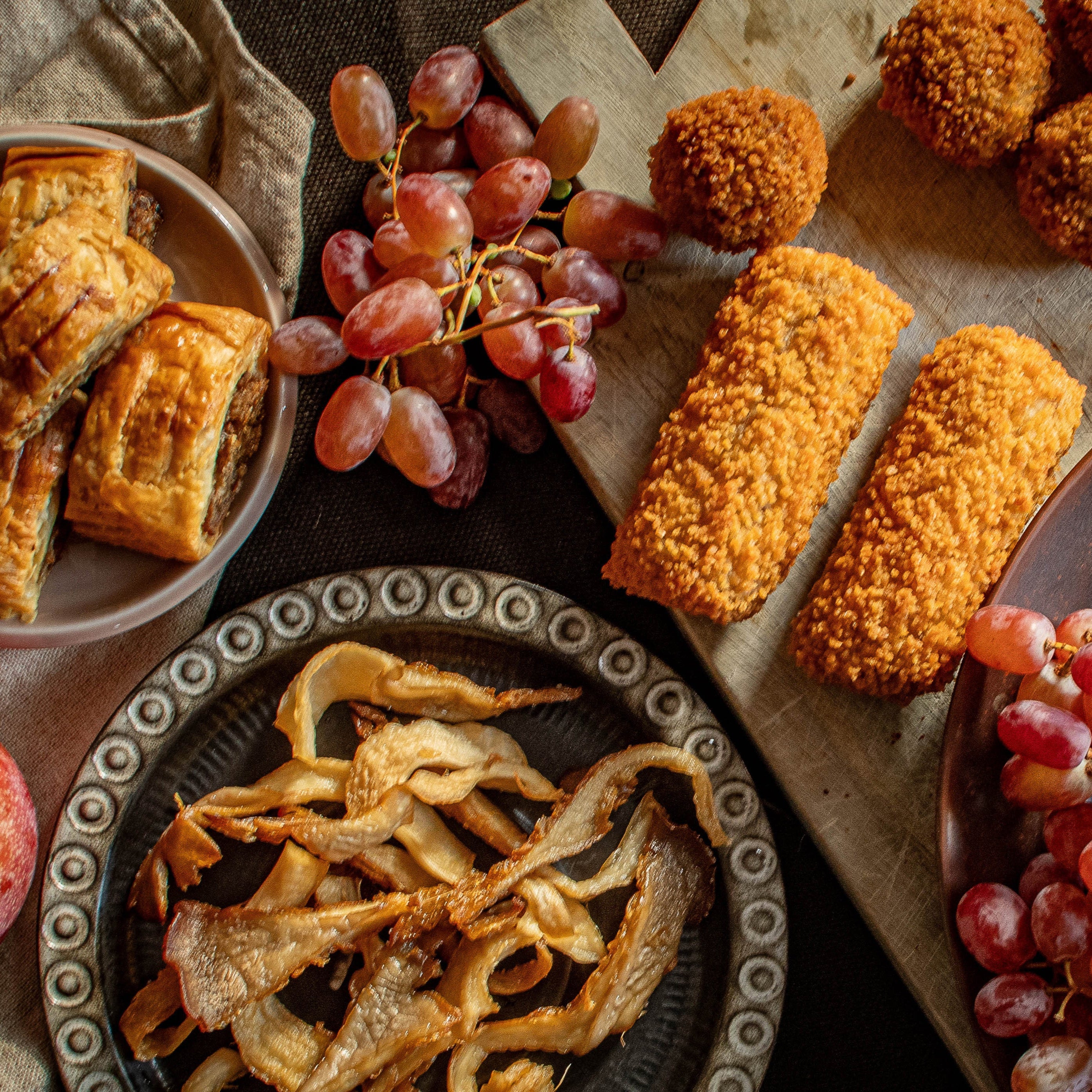
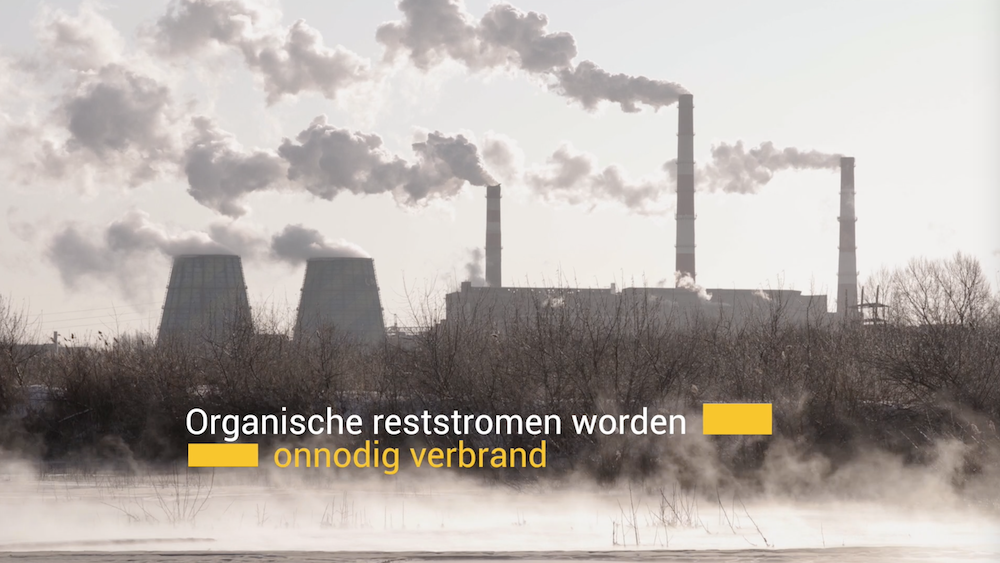
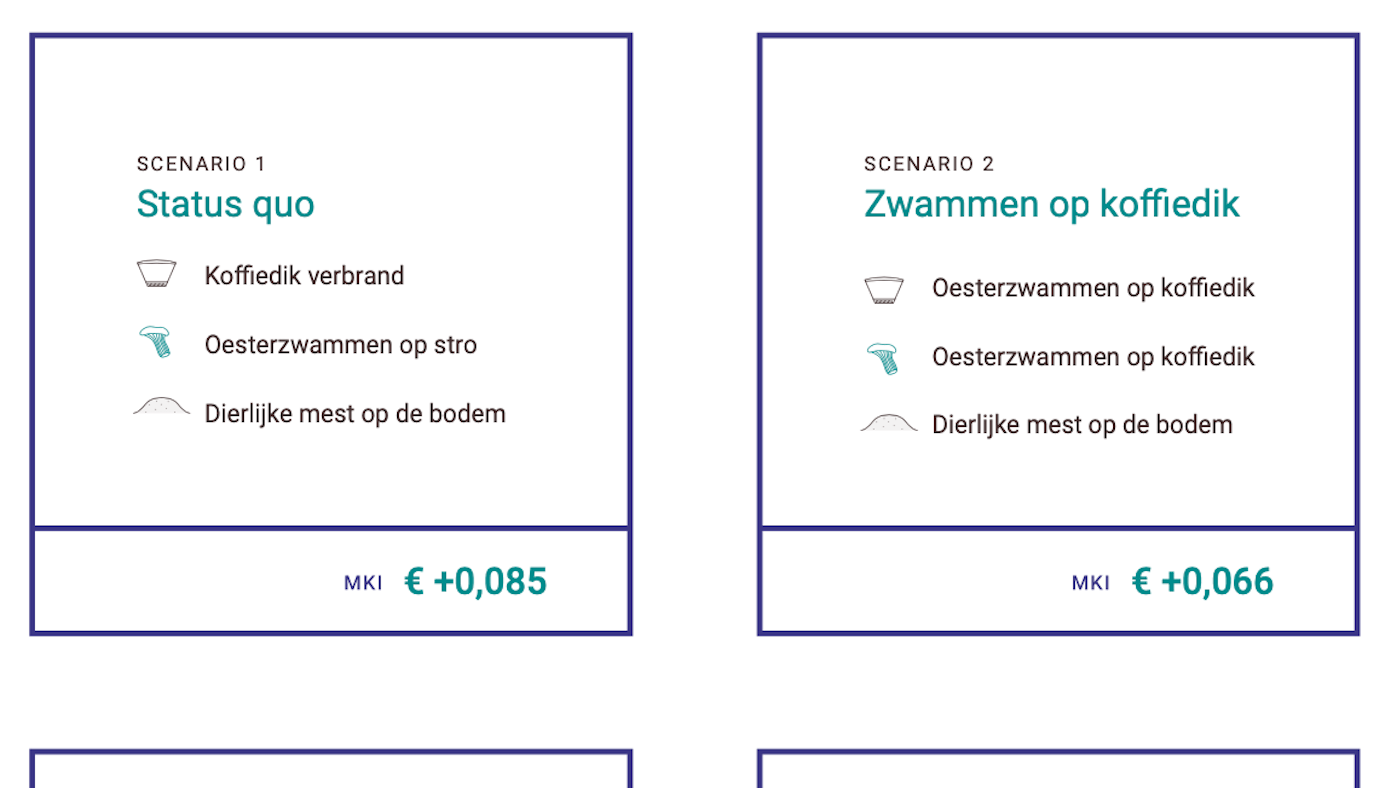
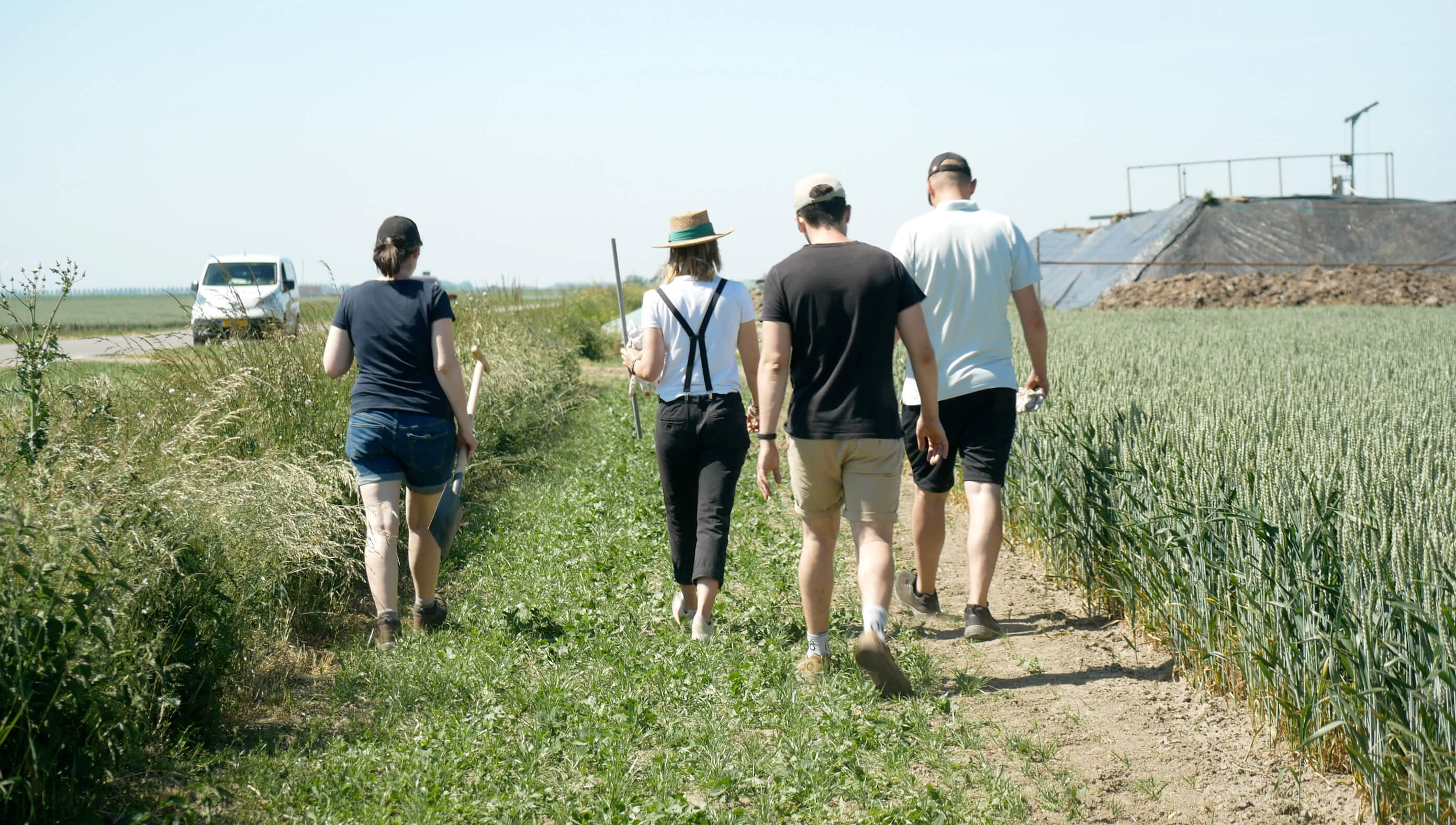
1 comment
Marianna Brom
Al jaren gaat de overgebleven koffiedik de tuin in, na de eerste maal was ik aangenaam verrast doordat de passieflora grotere en mooiere bladgroei liet zien en de bloei uitbundiger dan ooit tevoren was, net als bij de andere planten op het moestuin gedeelte. Tegenwoordig delen de tuin en oesterzwammen de koffiedik, er gaat dus niets verloren. Aanrader voor iedere tuin en kamerplant.
Leave a comment
All comments are moderated before being published.
This site is protected by hCaptcha and the hCaptcha Privacy Policy and Terms of Service apply.